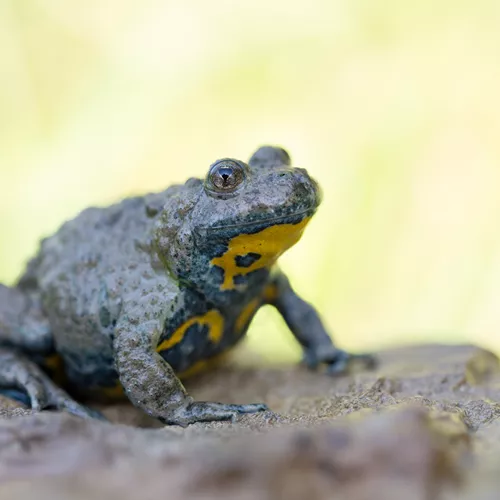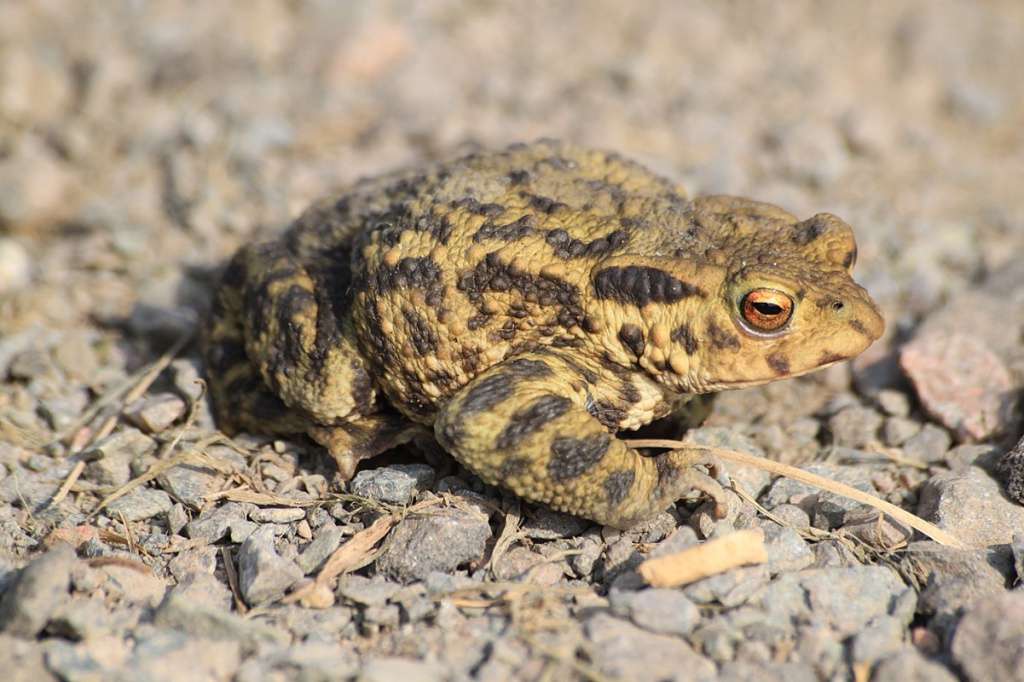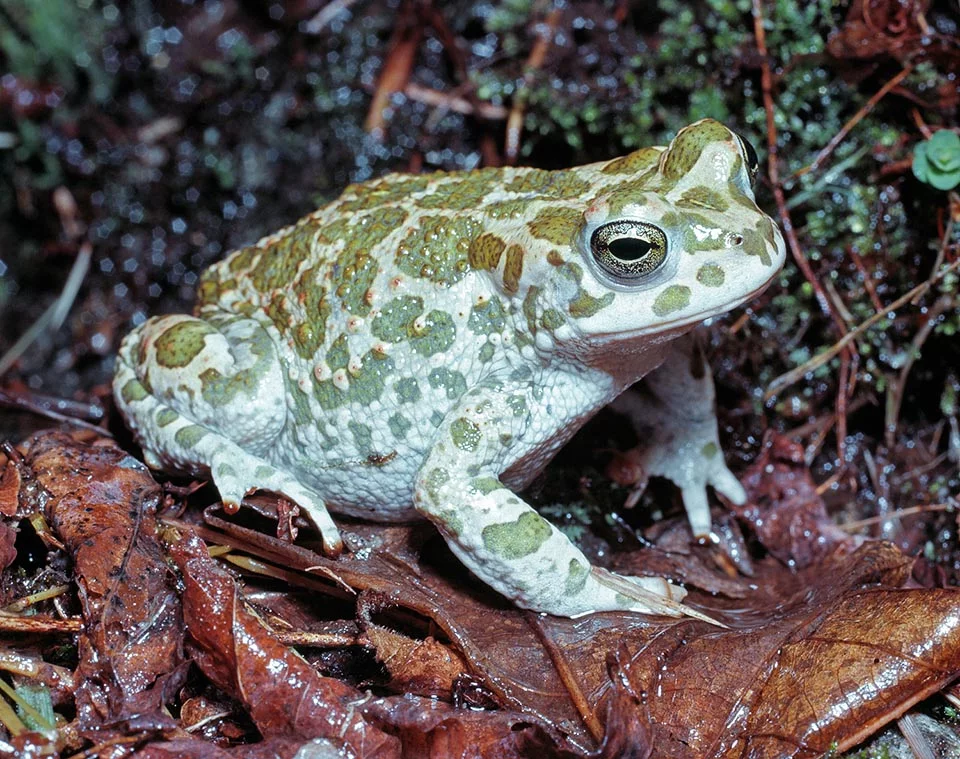
The toad is found primarily throughout western Europe as well as a few eastern European nations. The toad population is declining over time, although it is not yet at a point where it can be said to be threatened or extinct. In Germany, conservation efforts are being made to stop the population decline before it is too late. The toad has a dark brown and green dorsal body and is distinguished by its vivid “yellow belly.” Crypsis is used by the toad to hide from predators. In addition, when threatened, it positions itself to turn yellow. Toxins produced by the toad can be easily expelled when necessary thanks to the warts on its dorsal side.
Due to its deliberate risk-taking in choosing to spawn in unknown, shallow areas, the yellow-bellied toad is an intriguing animal to study. This species is greatly impacted by climate change and habitat fragmentation because of its breeding and egg-laying habits.
Habitat
In significant portions of Western, Central, Eastern, and South-Eastern Europe, the yellow-bellied toad is found. The Carpathians are about where its distribution ends to the east. Only in the project areas in Slovenia are there yellow-bellied toads. The species is found across Slovenia.
In transitory, sunlit, disturbed environments like flooded wheel ruts, livestock troughs, mud puddles, ditches, or quarries, adult specimens are most frequently discovered. Their principal aquatic habitats are slow-moving streams, shallow stream pools, tiny ponds, pools, and puddles in swampy parts of mountainous terrain in the southern part of Europe. They stay away from fishy waters. They hide out on the land in light forests near streams and marshy meadows, under dead wood, stones, and in the spaces between trees and bushes where they also hibernate.
Physical Appearance
Specimens typically weigh between 2.3 and 12 g and range in size from 28 to 56 mm. They fall into the category of the family Bombinatoridae’s smaller individuals, which can grow to a maximum size of 7 cm. Their top side is gray-brown and frequently has brilliant, washed-out patches. Their underside is gray-blue to black-blue with startling, brilliant yellow to orange spots or patches, which typically cover more than half of the bottom. This includes the inner surfaces of the limbs, fingers, and toes. Although not as flat as the closely related European fire-bellied toad, yellow-bellied toads have compact bodies and rounded snouts. The eardrums are hidden, and the pupils are heart-shaped.
Numerous elevated swirls and warts may be seen on the underside. Researchers from Brill Academic Publishers came to the conclusion that the species exhibits sexually dimorphic characteristics in their investigation. The forelimbs of the species’ males are noticeably longer than those of other males, giving them an advantage in mating and combat with other males of the same species.

Diet
Yellow bellied toads can initially consume 1/8-inch insects, but they soon develop and can eventually consume 1/4-inch crickets, which they will consume for the rest of their lives. Other feeders, such as tiny roaches, waxworms (rarely), and Black soldier fly larvae, might be used in their place.
Reproduction
Female yellow-bellied toads can give birth to young numerous times during each mating season, and they are capable of living a lengthy life. It is uncommon to discover a female who genuinely bears young more than once a year. The female reproductive output is also relatively poor; although she is capable of laying over 200 eggs at once, she usually only manages to deposit about 40. In situations when parent survival is high and offspring survival is more inconsistent, there is minimal motivation to create offspring. Yellow-bellied toads can live for anywhere between five and twenty-three years. The average lifetime is directly influenced by mortality rates. A person’s position on the fast-slow continuum depends on a variety of elements, including the climate, environment, and food supply. The most significant extrinsic factor is the climate, which influences both the availability of breeding sites and the predictability of an individual’s habitat.
How are yellow-bellied toads kept?
Yellow Bellied Toads can be kept in a variety of habitats, such as on land with a sizable water bowl or in a semi-aquatic setup with a mix of land and water. Keeping Yellow Bellied Toads is incredibly simple with the Lucky Reptile Amphibian Starter Kit because all the necessary equipment is included. Four mature toads fit comfortably inside of this container.
The air temperature should be between 23-29.5 oC (72-7o F) while the water temperature should be at 22-26 oC (72-78o F) (74-85o F). Place logs, caverns, and plants for hiding and climbing on a substrate of soil and moss. Feed various insects while also making sure to dust calcium and a vitamin supplement. Make sure the water has been treated to remove any dangerous chemicals before replacing or topping it off. If necessary, use bottled water or fresh, pure rainwater.
Table





